Are you looking for an easy way to get around in-app purchases iPhone or iPad? Look no further than this comprehensive guide.
Managing in-app purchases can be a headache if you’re an impulsive spender or have kids who always make purchases.
But all that can change if you find the right way to turn off such purchases and only enable them when needed.
This guide is aimed at helping both experienced users and new players on the Apple network know what to do before making their in-app purchases.
What is in-app purchase on iPhone or iPad?
Purchases in App refers to the user’s access to buy extra content or features inside an app using a phone with an iPhone brand. In most cases, these transactions occur through Apple‘s in-app payment system within the app itself.
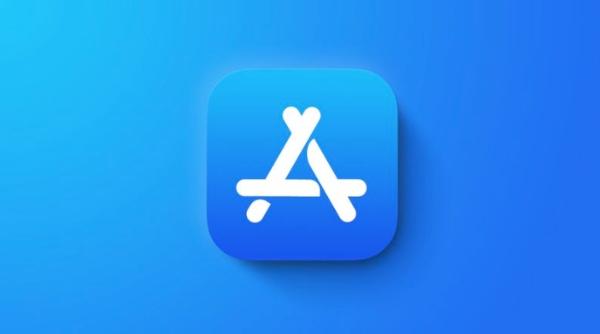


In turn, they could purchase additional services within the app, be granted access to different levels, eliminate adverts, or buy virtual goods through the users’ in-app purchases.
This involves the payment scheme connected with the user’s Apple ID, like a credit card or Apple Pay.
App developers will allow users to spend more time and money on developing such functionalities as in-app purchases to gain some income.
What does in-app purchase mean on iPhone and iPad?
An in-app purchase in the iPhone and iPad context means users can get extra supplements, functions, and services through a mobile app.
This feature makes it possible for the users to make purchases of more premium content in a seamless transaction to support the application developers financially.
To conclude, user engagement and contentment become engraved within in-app purchases that constitute the central revenue source for iOS app developers.
What is the difference between Apple Pay and in-app purchases?
The types of transactions for in-app products are flexible in Apple’s ecosystem. The lockable content is shared, which allows users to get permanent access to an extra range of books, like additional chapters or video game supplements.
Spends are especially relevant for free-2-play games, as players can buy coins or power-ups, which help them solve levels or get fun things virtually.
Moreover, subscriptions constitute frequent payment arrangements, typically monthly or annually, enabling customers to enjoy uninterrupted use of apps or premium services beyond the standard free package.
Restrict purchases to maintain a suitable digital environment for your children.
How to view in app purchases on iPhone and iPad?
For the management of in-app purchase tracking, Apple creates an easy way of viewing and tracking one’s purchases using your iPhone and iPad.
In-app purchasing entails an easy way to check and view your unlocked content subscription and other app enhancements.
How to see in-app purchases history on iPhone and iPad?
Have you ever wondered how much money you spent with apps on your recent iPhone or iPad purchases?
That’s why Apple makes it so simple for people to keep a tab on their in-app purchases and a comprehensive report about what was purchased in a given year.
As such, there is a simple way to follow to see the history of in-app purchases if you wish to detect unlocked content, subscriptions, or other improvements for your apps. Here are the steps:
Turn to Settings on your iOS device.
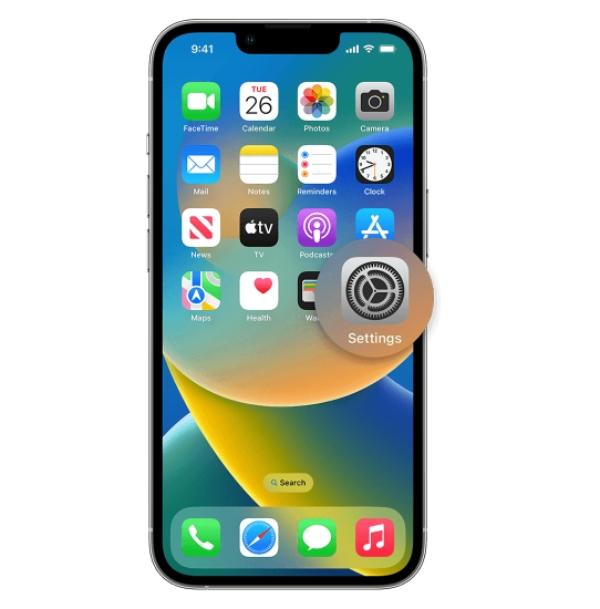


Then, Click your name and tap on “Media and Purchases.”
You will probably be required to sign in to your account.
Click “View Account” > “Purchase History.”
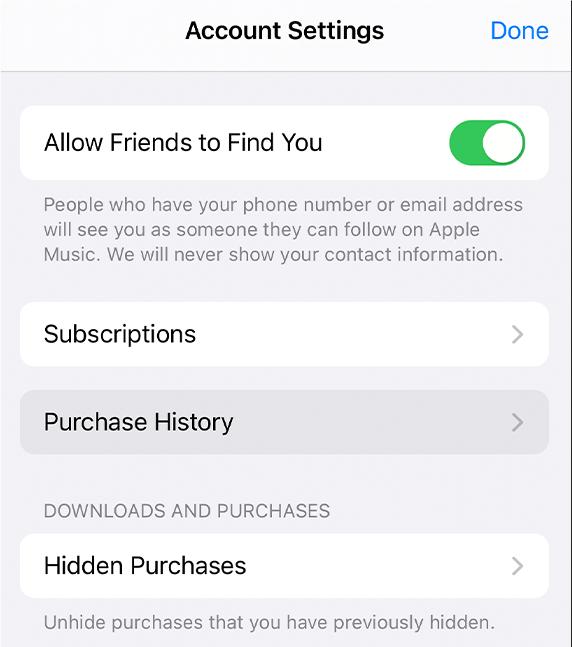


You will see the information about your previous transactions.
You may also view transactions made beyond the previous 90 days by tapping on Last 90 Days and selecting a different date range.
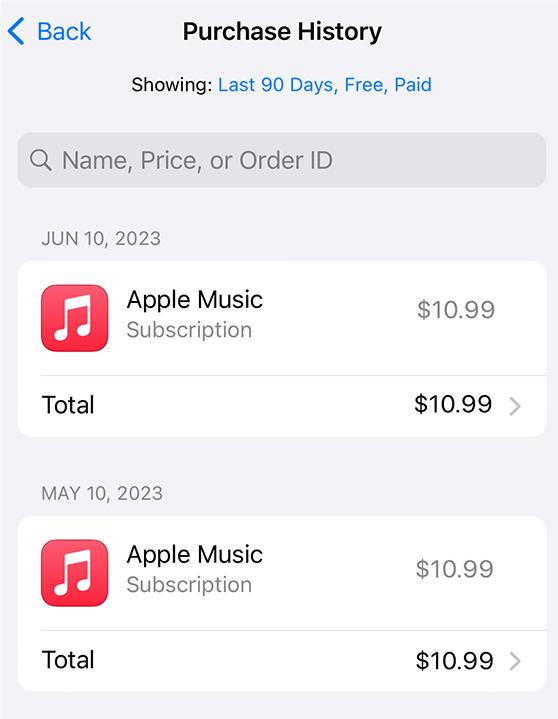


How to enable or allow in-app purchases on iPhone and iPad?
Offering in-app purchases for apps installed on your iPhone and iPad can be done quickly, allowing you to add extra content and functionality to the app.
For those who wish to turn on this feature on their iPhone or iPad, here’s a short manual on making in-app purchases and having unlimited access to exclusive content in many popular programs on their devices.
- On your device, open the Settings app.
- Go to Screen Time and then Content and Privacy Restrictions.
- Activate Content and Privacy Restrictions by sliding the switch– Turned it on.
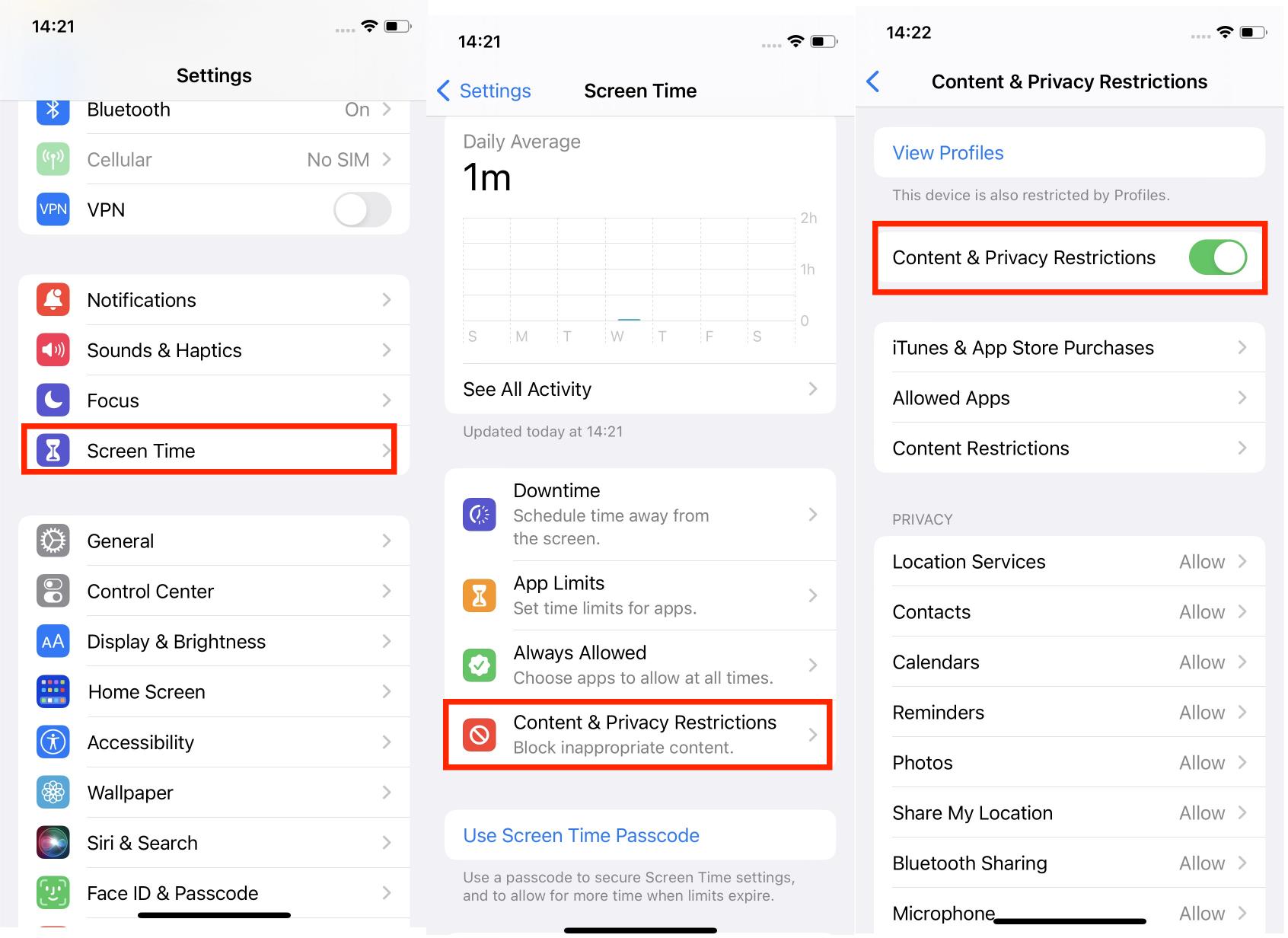


- Select “iTunes and App Store Purchases” options > “In-app Purchases.”
- And then choose “Allow” under In-app Purchases.



How to disable in-app purchases on iPhone and iPad?
Controlling in-app transactions on an iPhone and iPad gives you some say on how you spend digitally and your app experience.
Understanding how to turn in-app purchases off will help you unlock premium content or limit unapproved purchases.
How to turn off in-app purchases on iPhone?
Making in-app purchases on an iPhone and an iPad gives you an entry into other materials, functions, and premiums available on your favorite application.
But at some point, you will have to find a way to deactivate it. Here is how you can disable it:
- Just open your Settings on your device.
- Navigate to “Screen Time” > “Content and Privacy Restrictions.”
- Toggle the slide switch into the On or green position and turn on Content and Privacy Restrictions.
- Select iTunes and App Store purchases.
- One of these submenus is called in-app purchases, and you should select this one and set it as “Don’t Allow.”
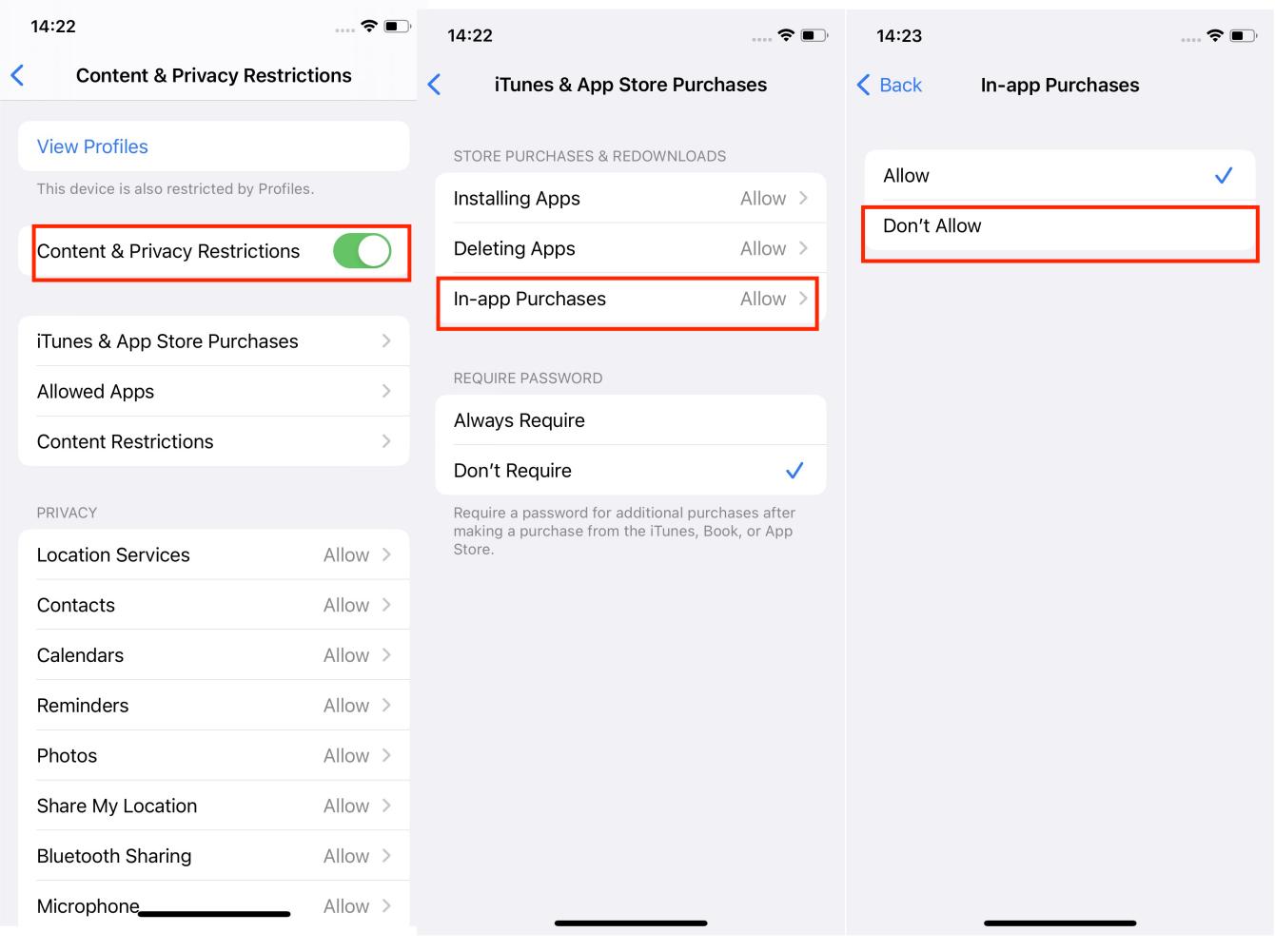


Why can’t I make in-app purchases on my iPhone and iPad?
Several reasons can hinder you from accessing in-app purchases on iPhones and iPads. First, ensure you have an excellent connection to the internet because the transactions are done inside the app.
Ensure you have updated your iOS software since it might help fix bugs about in-app purchases.
Make sure you have a working Payment method attached to your Apple ID. Ensure you set appropriate restrictions for in-app purchases and visit your device’s screen time and content and privacy restriction settings to enable In-App Purchases.
How to fix” can’t make in-app purchases on my iPhone and iPad?”
This section provides some understanding of what to do when having problems with or for further clarification on making purchases within the app.
Confirming Payment Method
Begin by confirming that the payment method of your Apple ID is valid and current to kick off the troubleshooting process. Check the credit card or payment information you used with in-app purchases and note any errors.
Restrictions Settings
Carefully check your device’s settings and ensure that no restriction can impede purchasing apps. Go to Settings, then check the Screen Time option.
After that, look for the Content and Privacy Restrictions feature. Finally, go to iTunes and App Store Purchases. You should set the “In-App Purchase” menu option to “Allow.”
App-Specific Customizations
Ensure that you know some of these applications have the authority to set and control their in-app purchase settings.
Turn your focus towards the features unique to that particular app in which you’re facing trouble while performing transactions. Ensure that in-app purchases are turned on and customized based on your preferences.
Software Updates
One needs to be proactive and keep one’s iOS phone upgraded with the latest software improvements. Check and install available updates periodically. These increments usually contain “bugs” that interfere with purchase inside.
Network Stability
Emphasize the need for a stable internet for seamless in-app purchases. Ensure you have made a successful connection on a reputable wifi or cellphone network; any hindrance herein can affect the smoothness of transactions.
How to change and hide in-app purchases on iPhone and iPad?
This part explains how you can change or hide your in-app purchases on your iPhones or iPads to give the users more power over their digital expenses.
These guidelines, thus, give a detailed step-by-step guide on how to edit preferences to have a personalized experience and how to hide some transactions if need be.
How to change in-app purchases on iPhone and iPad?
If you want to change app purchases on iPhone and Android, here are steps you should follow.
- Go to “Settings then access Screen Time” on your iPhone or iPad.
- Go to “Content and Privacy Restrictions.”
- Head over to “iTunes and App Store Purchases”.
- To go further, next select “in-app purchases.”
- However, to maintain the toggle, the switch should be set to “Allow.”
How to hide in-app purchases on iPhone and iPad?
For those looking for ways to hide in-app purchases on iPhone and iPad, there are steps and measures you can implement to make it work.
- Launch the App Store app.
- Go up to the screen top where you click on your account, a photograph, or an initial letter of this site.



- Choose “Purchased.” In the case of using Family Sharing, choose “My purchases.
- Tap the app you want to hide in the menu and then slide it to te left.



- Finally, tap “Done” to finish up!
Conclusion
This comprehensive guide on iPhone and iPad in-app purchases discusses the intricacies behind in-app purchases, providing valuable tips and remedies to everyday challenges. By giving users this knowledge, they can control and improve their in-app purchase practice for an easy transaction.
Navigating the maze of in-app purchases on iPhones and iPads can be daunting, often leading to unintended spending, especially by children.This affects your wallet and exposes young users to content that may not be age-appropriate, creating a stressful situation for parents trying to manage these digital interactions.
FlashGet Kids parental controls is the key to peace of mind. With its robust features, you can effortlessly monitor and restrict in-app purchases, ensuring your children only access suitable content. Regain control over app-related spending and safeguard your family’s digital experience with FlashGet kids parental controls.
FAQs
Does in-app purchase count as Apple Pay?
No. Apple Pay is a safe method of making payments at retail shops, Web sites, and inside mobile applications through saved credits and debit cards on Apple’s digital wallet called Apple’s digital wallet. Differently, app purchases are payments that occur within applications providing further details, more content, or functions.
Does in-app purchase mean the app is free?
Not necessarily. Some apps are free, while others support themselves by selling certain goods through in-app purchases. These purchases can be disguised in different ways, like removal of advertisements, accessibility of special features, and availability of digital items. Those free apps can still get money out of you through in-app purchases.
Do I get charged for in-app purchases?
For most instances, in-app purchases come at a cost. Whenever a user purchases something within an app, it is charged to the user’s Apple ID account. Before confirming any transaction, users must be informed about the charges and conditions related to in-app purchases.
Does Apple take 30% off in-app purchases?
Yes, Apple charges about thirty percent as commission for all purchases done within applications on the App Store. Nevertheless, some developers and firms have made concessions with Apple, and the company launched the App Store Small Business Program, cutting down the fee to 15% for qualified developers selling smaller sums.

